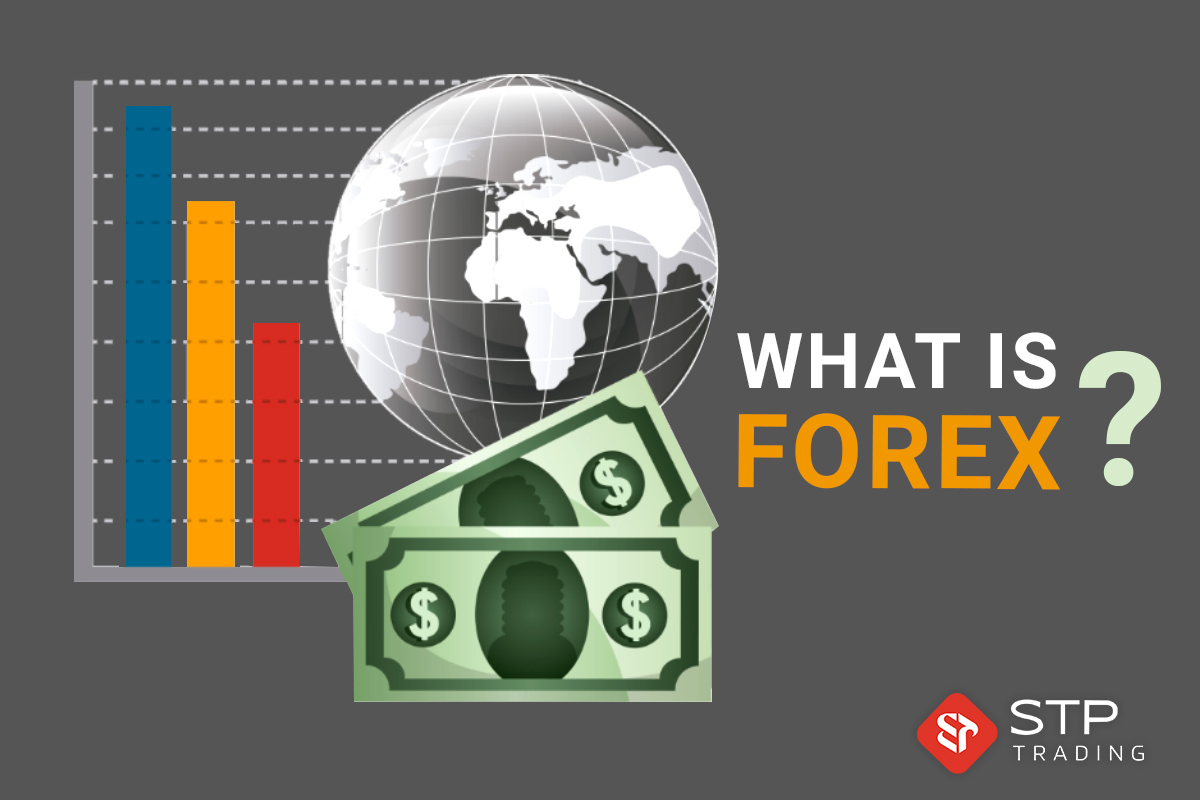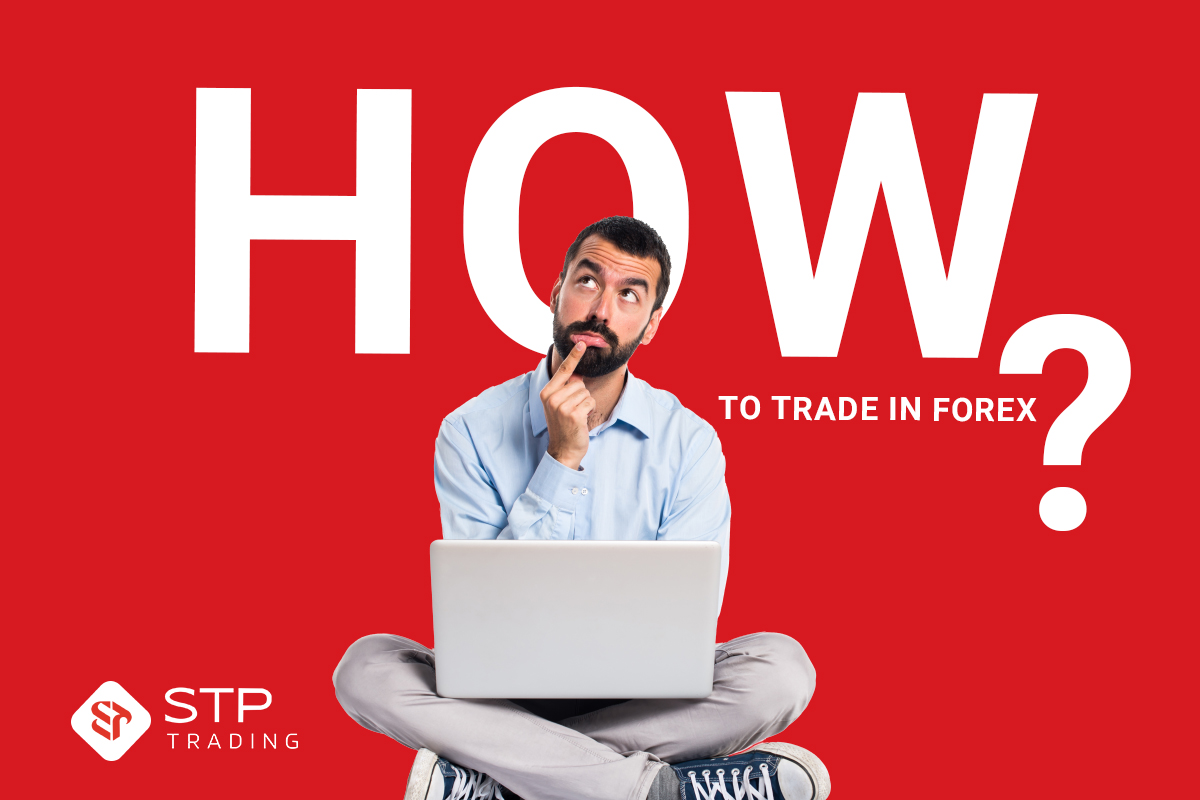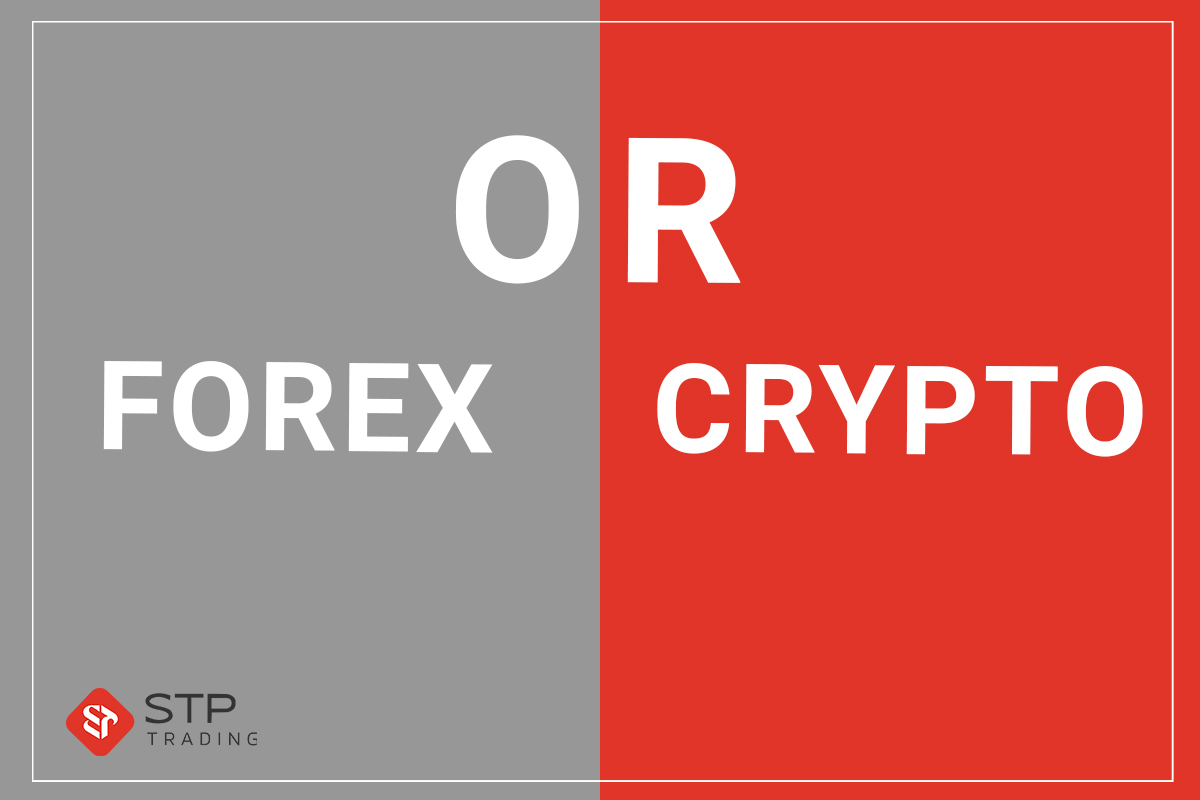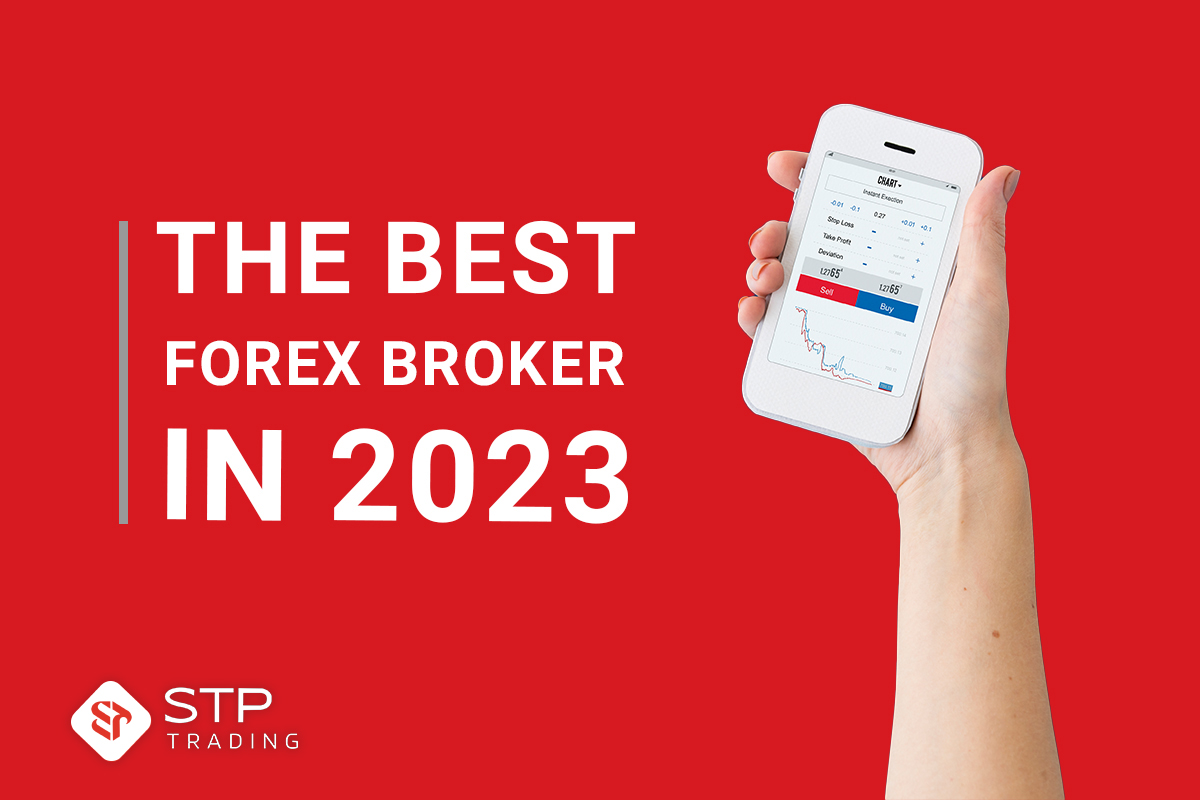
The Forex market is a market where world currencies are traded with each other. Forex is known as the largest financial market in the world, where transactions will be carried out with a high volume.
The Forex market is operated with the help of banks, financial companies, customs companies, and other companies related to foreign trading. In this market, different currencies are compared with each other and their prices will be determined based on supply and demand. Forex trading is done 24 hours a day, 5 days a week, and almost any currency is available in this market, including US Dollar, Euro, Pound Sterling, Japanese Yen, Canadian Dollar, and Australian Dollar.
The main advantage of forex is the ability to buy and sell currencies without having to receive them. For example, you can buy US dollars using a forex trading account, and if the price of the dollar rises, you can sell it and make a profit. Because the forex market is very dynamic and complex, it is recommended to acquire the necessary knowledge and training before starting to trade in this market and familiarize yourself with the necessary prerequisites such as a suitable broker, sufficient capital, and a suitable trading platform.
What is the history of the forex market?
The history of the forex market dates back to the 1990s. In 1944, the Burton Wood Conference was held in America, which laid the foundation for the establishment of the World Bank and the International Monetary Fund. Also, in this conference, an agreement called the Bretton Wood system was signed, which is known as the basis for evaluating world currencies, and also the value of gold was fixed at $35 per ounce. This agreement officially registered the establishment of the forex market as an international currency market.
In the 1970s, technology-enabled remote communication and made currency transactions between banks and companies faster. In 1971, the forex market started working electronically with the help of computer networks. With these changes, the process of trading in the forex market became much faster and also somewhat safer.
In 1990, with the development of social networks, the first social network for Forex traders was launched called Forex Factory. This network, which is now one of the largest and most reliable sources for the forex market, made it possible for traders to communicate and exchange information.
In the 2000s, with the increase in technology and the growth of the Internet, the forex market became a global interbank market. This market is known as one of the most profitable financial markets in the world and is very popular among professional and new traders due to its high flexibility and 24-hour timing. Currently, the forex market includes more than 170 types of currencies, with a daily trading volume of more than 5 trillion dollars.
Considering that currencies are considered the world’s largest assets, the forex market is of great importance for investors and traders.
What are the prerequisites for entering the forex market?
Entering the forex market requires having sufficient skills, knowledge, and experience. In the following, we will mention some of the prerequisites for entering the forex market:
Necessary education and knowledge
To enter the forex market, you must acquire the necessary knowledge and training in the field of technical analysis, fundamental analysis, risk management, and trading in the forex market. You can acquire this knowledge through books, videos, online courses, etc.
Choosing the Right broker
To participate in the forex market, you must choose a suitable broker. A broker is usually a financial company that allows you to trade in the forex market. To choose the right broker, you should pay attention to things like its price, order execution speed, trading platform, training and support facilities, security, and related rules.
Necessary equipment and tools
To start trading in the forex market, you need to use the necessary equipment and tools, such as a computer, high-speed internet, a trading platform, and a suitable trading account. To choose a trading platform, you should pay attention to things such as its speed and stability, the type of order execution, analytical and reporting facilities, the ability to coordinate with financial systems, etc.
Sufficient capital
To start trading in the forex market, you must have enough capital. The required capital depends on the volume of transactions, the type of trading strategy, and your risk tolerance level. In any case, you must have enough capital to be able to trade with proper risk management.
Risk management
In the forex market, risk management is very important. You must be able to analyze and manage the risks associated with your transactions. To manage risk, you need to use risk management strategies such as setting stop loss levels, setting profit target levels, managing trading volume, etc.
Patience and discipline
In the forex market, patience and discipline are very important. To be successful in the forex market, you need to be patient and pay attention to the right entry and exit points, you also need to be disciplined and follow through on your decisions. For example, you should not make irrational trades due to emotions and you should stick to your procedure and strategy.
Since the forex market is dynamic and complex, to enter this market, it is better to start with a demo account first and gain enough experience, then engage in real trading with less capital and less risk in the forex market. Experience this market.
What is the right amount of capital to enter the forex market?
The amount of capital required to enter the forex market depends on your risk level, trading strategy, and profit goal. This is despite the fact that your risk level and trading strategy do not affect the amount of your capital. For example, if you plan to trade with less risk, you should minimize your risk level and trade with less capital.
However, in general, we can say that to start trading in the forex market, the amount of capital should be at least 500 US dollars. By increasing capital, you can make bigger and riskier trades. But in any case, before entering the forex market, you should carefully check your investment according to your financial situation and get the right predictions about the return on your investment. In addition, you should pay attention to risk management and determine the maximum level of acceptable risk for yourself to avoid falling into the trap of unsuccessful trades.
How much is the profit from investing in the forex market?
Profit from investing in the forex market depends on various factors such as trading strategy, risk level, capital, and market conditions. In the forex market, profits and losses are calculated as a percentage of your capital. For example, if you invest $1,000 in a currency pair and exit the trade at $1,050, your profit will be $50 or 5% of your capital.
But it should be noted that in the forex market, various factors such as market conditions, price fluctuations, and economic news have an effect on currency price changes and may increase or decrease your profit. Therefore, to determine the profit from investing in the forex market, it is better to use technical analysis and fundamental analysis and choose a suitable trading strategy. Also, to reduce risk and increase profit, you should use risk management methods such as setting a stop loss level and setting a profit target level.
In general, the profit from investing in the forex market can be different and depends on various factors. However, if you use the right trading strategy and correct risk management, you can make significant profits from investing in the forex market. Also, it should be noted that your main goal should be to reduce risk and preserve your capital.
How to reduce the risk of entering the forex market?
Reducing and managing the risk of entering the forex market can be done using different methods. Some of these methods are mentioned below:
Education and Research
Before entering the forex market, you should be thoroughly trained and know the market well. You should familiarize yourself with technical and fundamental analysis and determine a suitable trading strategy for yourself. Also, you should follow economic news and key political and social developments and consider a suitable trading plan for yourself.
Risk Management
To trade in forex, you must use risk management methods such as setting a stop loss level and setting a profit target level. By setting these levels, you can set limits for your trades to determine the maximum acceptable risk for yourself.
Investment diversification
It is better to invest your capital in several currency pairs and in several different time frames. By doing this, you manage your risk and avoid increasing the risk in a particular currency pair.
Determining the level of risk according to your level of experience and ability
To reduce the risk of entering the forex market, you should limit the amount of risk acceptable to your ability and experience and according to your financial conditions. If you are new to the forex market, avoid high-risk trades and start with lower-risk trades first.
Use of trading signals
Instead of doing technical and fundamental analysis, you can use trading signals. These signals are usually provided by automated systems and can help you enter trades with less risk.
Using demo accounts
Some forex brokers offer free demo accounts where you can trade virtually. Using these accounts, you can test your strategies and gain enough experience without the risk of losing capital.
In general, reducing the risk of entering the forex market requires research, training, risk management, and the use of various methods. By doing these things, you can protect yourself from the risks of the forex market and get an acceptable return.
What are the reliable educational resources for learning Forex?
To learn forex, there are various educational resources available, some of the most reliable educational resources are:
Trading platforms
Many trading platforms offer forex training tools. These features may include educational videos, articles, and educational software.
Online educational resources
Online educational resources such as educational websites, various blogs, educational videos, and podcasts can help you access forex education for free from anywhere. Some websites that provide useful forex educational resources are Investopedia and BabyPips.
Educational books
There are several books on forex and currency trading available in the market. Some of the most famous forex training books are “Currency Trading for Dummies”, “The Little Book of Currency Trading” and “Trading in the Zone”.
Education Courses
Many educational institutions and forex brokers offer training courses for beginners and professionals. These training courses may include face-to-face, online, and video tutorials.
In general, to learn forex, it is better to use several educational resources, and by analyzing and reviewing these resources, you will gradually become a professional trader. Also, it is better to start with less capital and use demo accounts to gain enough experience first and then enter into real trading.
What are the best brokers to start working in the forex market?
Choosing the best broker to start working in the forex market can differ according to your needs and experience level. However, some popular and reputable brokers in the forex market are:
- IG: This broker is one of the largest forex brokers in the world. IG offers different types of accounts for beginners and professionals. This broker has good support and brings a variety of facilities to traders by using other trading platforms.
- XM: XM is a famous and reliable broker in the forex market and offers different types of accounts for beginners and professionals. This broker has a good level of support and by using other trading platforms, it brings a variety of possibilities to traders.
- Pepperstone: This reputable broker in the Forex and CFDs market, with more than 75 currency pairs and low fees, is considered one of the popular brokers for beginners and professionals.
- Plus500: With more than 2000 currency pairs and low fees is considered one of the popular brokers for beginners and professionals. Also, to facilitate trading, Plus500 offers its traders a simple and user-friendly trading platform.
- eToro: With a social trading platform, eToro is one of the most popular forex brokers. This broker allows ordinary users to copy the trades of professional and experienced traders.
Finally, to choose the best broker to start working in the forex market, it is better to decide by studying and examining the different features of brokers and comparing them with each other. Of course, in choosing a broker, make sure that the broker you choose has the necessary licenses and security standards.
Which category of traders is the forex market suitable for?
The Forex market is a large and dynamic market in which traders with different levels of experience and strategies can operate. However, some categories of traders who may have more success in the forex market include:
Experienced traders
Traders with history and experience in the forex market can achieve more profit by using technical analysis and various financial tools.
Traders with successful strategies
Traders who have developed successful strategies in the forex market and have been able to make significant profits can be more successful in the forex market.
Analytical traders
Traders who analyze economic and political information using fundamental analysis can be more successful in the forex market. This category of traders may be successful in their trading decisions according to the news and economic and political events.
Ultimately, each category of trader may be more successful in the forex market, depending on their experience, strategy, and financial circumstances. However, to be successful in the forex market, it is always better to trade carefully and plan carefully, using various financial and analytical tools, and use appropriate risk management methods. Also, by following news and events related to the forex market and analyzing them, you can make better decisions about your trades.
How do fundamental and technical analyses help traders in the forex market?
Fundamental analysis and technical analysis are two different methods for examining the forex market, each of them can help traders in the forex market using their methods.
Fundamental analysis helps traders to predict the impact of these factors on the forex market by examining the economic, social, and political factors in the countries whose currencies are traded in the forex market. For example, the announcement of the economic growth of a country, the decisions of the central bank about interest rates, the effect of government policies on exports and imports, oil prices, and other factors that are related to the economy of countries whose currencies are traded in the forex market can affect the price trends of currencies in the market.
Technical analysis helps traders to examine historical price behavior by using charts and analytical indicators such as trend lines, moving averages, relative strength index, and other indicators, and by analyzing and predicting price trends, buy and sell decisions in the market. For example, technical analysis can help traders to find better entry and exit points for their trades by recognizing different price patterns.
In general, fundamental analysis and technical analysis are both important methods that help traders better understand the trend of the forex market and make better trading decisions.
Combination of fundamental and technical analysis
The best way to use these two methods is to combine them. In the combined method, fundamental analysis and technical analysis are combined and known as Fundamental Technical Analysis. In this method, fundamental and technical factors are combined and trading decisions are obtained based on this combination. For example, in this method, you can use fundamental analysis to identify economic and political factors, and then use technical analysis to find better entry and exit points for your transactions.
Is the forex market a 24/7 market?
The forex market is a 24/7 market that does not operate on holidays. In the forex market, you can operate 24 hours a day without stopping. Since the forex market includes many countries and different time zones, the market is always active. For example, after trading hours end in a one-time zone, trading hours start in another time zone. Because of this, traders can trade in the forex market at any time.
Although some specific times of the day are more important for the forex market and the volume of transactions is greater during these times. For example, London forex market time starts at 8:00 a.m. GMT, and during the day, Tokyo and New York forex market hours are also important for trading. These important times may be different according to the time zone and the countries in which the forex market operates.
Because the forex market is an interbank market, the exchange of information and transactions between banks continues throughout the day and night in this market. For example, different banks in the world communicate with each other to carry out currency transactions, and these communications continue throughout the day and night. For this reason, the forex market is a 24/7 market where traders can operate at any time they want.
Is it profitable to trade in the forex market?
Like any other market, trading in the forex market may be associated with profit and loss and depends on several factors. These factors include market conditions, technical and fundamental analysis, traders’ behavior, global and domestic news and events, etc.
You should pay attention to the fact that trading in the forex market requires detailed analysis and deep knowledge of the market. To make a profit in this market, you must have detailed analyzes of price charts and global and domestic news and make buying and selling decisions based on that. You should also pay attention to capital management and controlled risk because this market has high risk and your capital may be lost quickly. Therefore, in general, it can be said that trading in the forex market can be profitable, but to achieve profit, you need sufficient knowledge and experience, as well as accurate market analysis.
To conclude,
The Forex market (Foreign Exchange Market) is the largest financial market in the world, where currency transactions are carried out between banks, companies, investors, and governments. The history of the forex market goes back more than 4000 years. Initially, international trade was based on the exchange of goods and services, and currencies were used as intermediaries to conduct trade. But with time, the forex market emerged as the world’s largest money market.
The first step in the formation of the forex market was the exchange of currency between countries in ancient times. In the Middle Ages, currency brokers worked as intermediaries for the exchange of currencies between incoming and outgoing traders. In the 17th century, the Prince of Wales founded a bank called the Bank of England. To prevent the depreciation of the British pound, this bank tried to stabilize the price of the currency by using the silver currency. Since then, the forex market has evolved into what it is today, and today it has millions of traders around the world.









